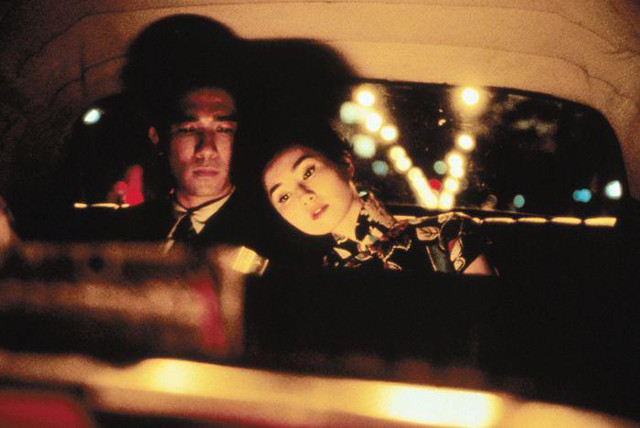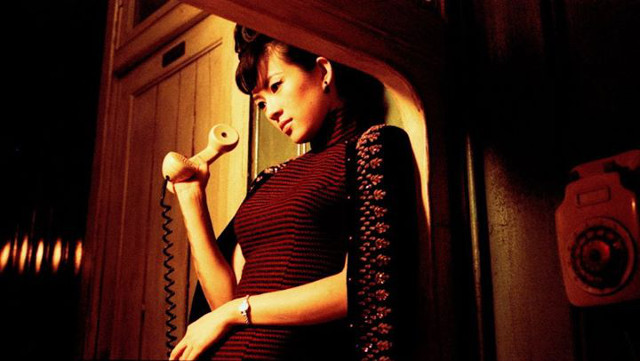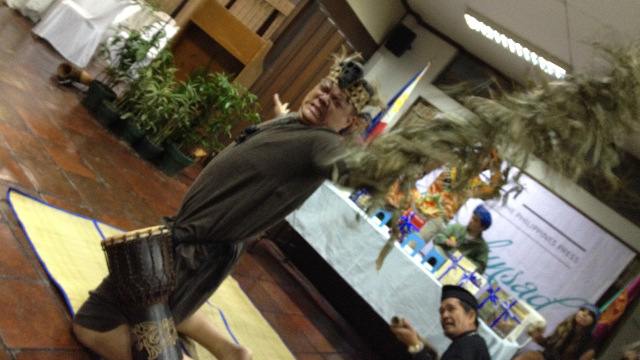SUMMARY
This is AI generated summarization, which may have errors. For context, always refer to the full article.

MANILA, Philippines – Christopher Doyle arrived early and must have been bored out of his skull. But what was Doyle, “the Keith Richards of Cinematography,” doing in the Philippines anyway?
In particular, why, for Huck’s sake, was he standing outside the Balay Kalinaw of the University of the Philippines?
It turns out Doyle was waiting for a book launch to begin.
One of the most admired cinematographers in world cinema – particularly for his prolific work with Wong Kar-wai, Zhang Yimou, and other Asian and also Hollywood directors – Doyle was here to attend the August 23 launching of “Shockbox, Ang Butas na Kahon ni Kulas Talon: The Complete Posthumous Poetry,” by Filipino author, musician, and film director Khavn dela Cruz.
The Australian cinematographer was also here to begin pre-production of dela Cruz’s “Pusong Wasak” (Ruined Heart).
This partnership has generated a lot of buzz because of the rare occasion of a world-renowned filmmaker taking part in a Filipino film production.
After all, we’re referring as well to a body of work often praised for its striking visual style – as to already qualify as film paintings.

But if Doyle is universally commended for his cinema, he in turn has been critical of the current methods in filmmaking.
The book launching at UP (dela Cruz’s book was one of 12 launched that night) could have been another picturesque scene from one of Doyle’s movies.
The program itself should warrant a separate article. Khavn la Cruz played the kudyapi. performing with the poet Vim Nadera, the Katribu Band, and other artists.
Sculptor Tata Raul Funilas chanted lines of poetry while shuffling around, tapping on a wooden skull.
Nadera played a shaman brought back to life by the performance’s end, who would cry out some lovely lines of gibberish.

Christopher Doyle didn’t stick around for merienda after the launch. He up and marched straight to Sarah’s for a cold one.
That’s where I found him and de la Cruz, toasting to, I don’t know, something.
“Chris, this is Kris.” It was Chin, Khavn’s companion, making the introductions.
“Chris is such a common name,” Doyle said. “Sort of like ‘Bruce’ in Australia. G’day.”
By August 23, Doyle and de la Cruz had finished two days of location-hunting for “Pusong Wazak” (not to be confused with the 1938 film by Manuel Silos or the kundiman by Larry Miranda).
The dynamic duo of Doyle and de la Cruz has since left for their respective commitments abroad. But they will be back here in September to begin shooting “Ruined Heart.” They are also expected to bring in Mexican actress Nathalia Acevedo, Elena Kazan of India, and Tadanobu Azano – hailed as the Johnny Depp of Japan.
Doyle had done filming in the Philippines a few times before. He was with Wong Kar-wai to shoot the star-studded “Days of Being Wild,” which won best picture and best cinematography at the 1991 Hong Kong Film Awards.
Manila, the Philippines, and Filipinos are a common reference in Wong’s films, partly because of his impression of Manila as a young boy visiting this city during the Sixties.
READ: ‘Metro Manila’: Film poetry
Doyle’s long association with Wong has led to films that are already ranked among the best in world cinema, including “Chungking Express” (1994), “Happy Together” (1997), “In the Mood for Love” (2001), and its retro-futurist sequel, “2046” (2004).
Doyle had also worked with acclaimed filmmakers Zhang Yimou (“Hero”), Chen Kaige (“Temptress Moon”), Alan Mak (as visual consultant for “Infernal Affairs”), and Phillip Noyce (“The Quiet American”), among others.
Anyway, here we were, Doyle and a bunch of Pinoy filmmakers, friends, and acquaintances, conversing over drinks. Whether or not he took this for granted, Doyle was easily the center of attention.
Many of our questions he must have answered a million times in past interviews. He was still quite the sport as we barraged him with questions about cinematography, lighting, and filmmaking in general.

Doyle also talked about some of his on-location experiences. About how when one actor asked him, “What’s my motivation in this scene?” he promptly replied, “Your paycheck, you asshole.”
Or about a celebrated director who, despite having done more than 80 films, for some reason knew nothing about lighting.
Or his taking the initiative to filter a camera when the actor being filmed isn’t young.
It was a dark and stormy night, as one Victorian dramatist wrote. It was raining and we talked to Christopher Doyle.
Every few minutes or so we had to stand up and take cover. I think we caught what was called the tail end of a low pressure area.
I don’t think it counts as a near-death experience but the winds were rough enough to dislodge a coconut from a tree just a few meters away. – Rappler.com
Kris Lanot Lacaba is a poet, journalist, and enthusiast of cinema and pop culture.
Here’s the concluding scene of Wong Kar-wai’s ‘2046’:
Add a comment
How does this make you feel?
There are no comments yet. Add your comment to start the conversation.